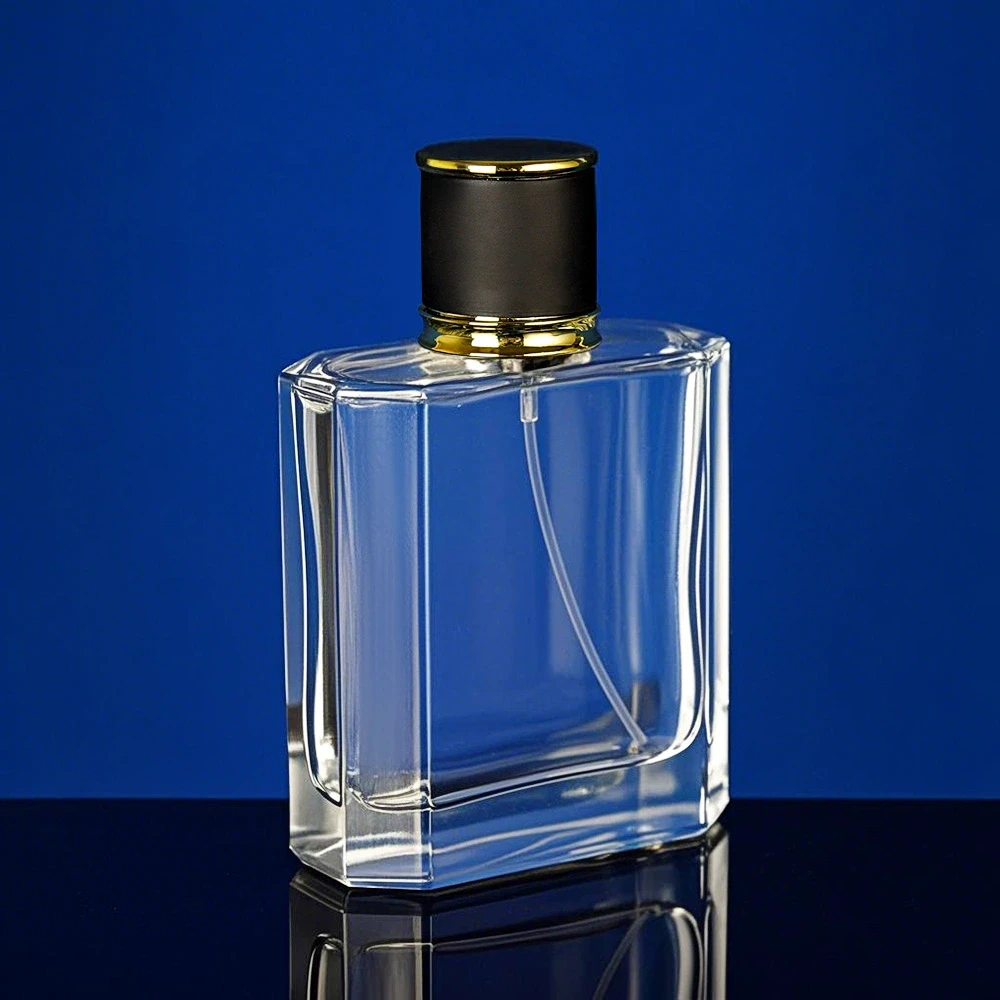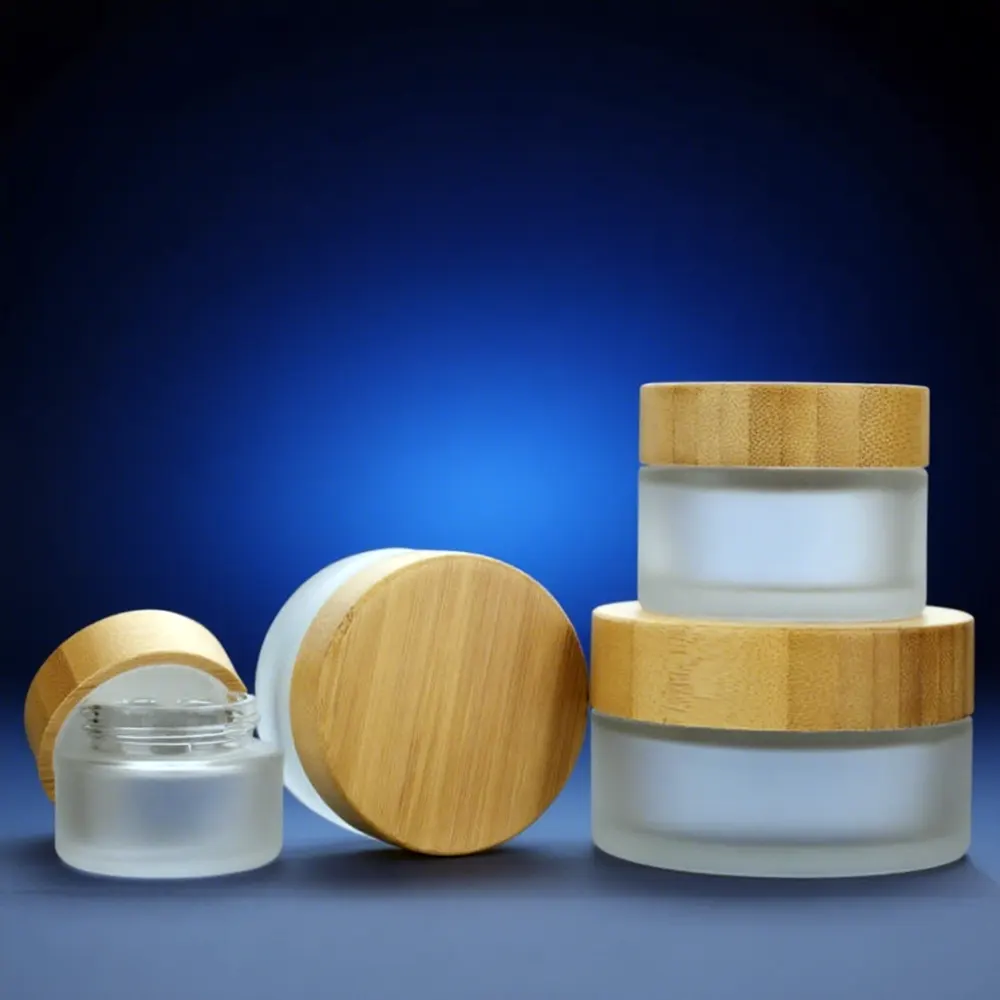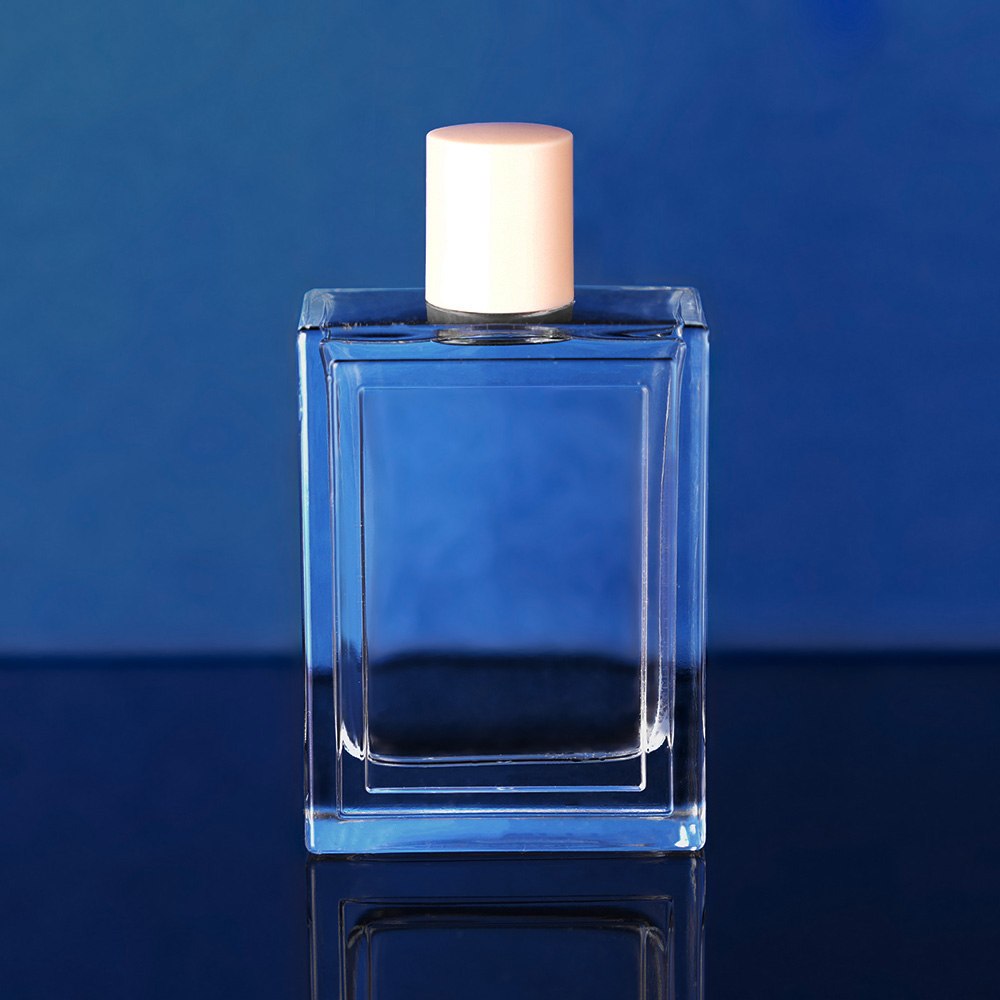
Püskürtücü Arızalandığında Parfüm Şişeden Nasıl Çıkarılır
İçindekiler
Arızalı bir parfüm püskürtücüsü, özellikle değerli veya pahalı kokular söz konusu olduğunda can sıkıcı olabilir. Parfümü şişeden nasıl çıkaracağınıza dair bu kılavuz, parfümünüzü korumanın güvenli ve etkili yollarını, değerlendirme, güvenlik önlemleri, çıkarma yöntemleri ve önleyici bakım gibi konuları açıklamaktadır.
1. İlk değerlendirme ve güvenlik protokolü
Çıkarım öncesinde güvenliğiniz ve kokunuzun korunması için eksiksiz değerlendirilmiş ve sıkı güvenlik protokolleri önemlidir.
1.1 Şişenin tipinin belirlenmesi ve hasar değerlendirmesi
Kapatılan şişenin türü ekstraksiyonu belirler. Parfüm şişeleri çoğunlukla kıvrımlı, vidalı veya geçmeli kapaklıdır.
- Kıvrımlı şişeler: boyun çevresinde bulunan, genellikle görünmeyen, kalıcı, kurcalamaya dayanıklı metal bant.
- Vidalı kapaklı şişeler (dişli): Kapak veya pompanın, tekrar tekrar vidalama/açma işlemi için dişli bir boynu vardır.
- Çıtçıtlı Kapak: Alt mangoyu kullanın, bastırıp hafifçe çevirmeyi gerektiren ciddi bir stil kilidi. Klasik kanal numarası 5 atmosfer veya seyahat şişeleri.
- Püskürtücü hasarını değerlendirin: üzgün nozul, düzensiz sis, sızıntı, sıkışmış pompa veya dış çatlaklar.
1.2 Parfüm Değerinin Değerlendirilmesi
Parfümün değerini (nadir, vintage, lüks) göz önünde bulundurun. Yüksek değer, daha fazla dikkat gerektirir. Son derece değerli veya tutkulu kokular için, özel ekipman ve uzmanlık sayesinde profesyonel dekontaminasyon hizmetleri güvenlidir.
1.3 Temel güvenlik önlemleri ve kimyasal uyumluluk
Alkol bazlı solüsyonlar ve hızlı ekipmanlar üstün koruma gerektirir.
- Kişisel Güvenlik Ekipmanları (KKD): Kimyasal maddelere dayanıklı eldiven (nitrail), güvenlik gözlüğü/gözlüğü ve laboratuvar önlüğü/önlüğü giyin.
- Kimyasal Güvenlik Yönergeleri:
- Havalandırma: Güçlü buharlardan kaçınmak için iyi havalandırılan bir alanda çalışın.
- Doğrudan temastan kaçının: Cilt/göz temasından kaçınınız; Maruz kalındığında derhal bol su ile yıkayınız.
- Depolamak: Sıcak, kuru, karanlık yerlerde, ısı/tutuşturma kaynaklarından uzakta, sıkıca kapatılmış olarak.
- Kullanım: Aşırı sallamalardan kaçının; karışımın gerektiği takdirde yavaşça döndürülmesi gerekir. Parçalanmayı önlemek için şişeleri dikkatlice çalkalayın.
- Kimyasal uyumluluk: Parfümler alkol bazlıdır. Parfümün kimyasallara dayanıklı olması gerekir. Paslanmaz çelik ve cam uygundur. PTFE ve HDPE plastikler oldukça dayanıklıdır, ancak diğer plastikler değişebilir veya sızdırabilir.
- Atık bertarafı: Yerel kurallara göre yerel kuralların malzemesinin yerleşimi.
- İlk yardım: Görgü tanığı ve temel ilk yardım çantası mevcuttur.
- SDS İncelemesi: Parfüm ürünlerinin Güvenlik Bilgi Formunu (SDS) okuyun.
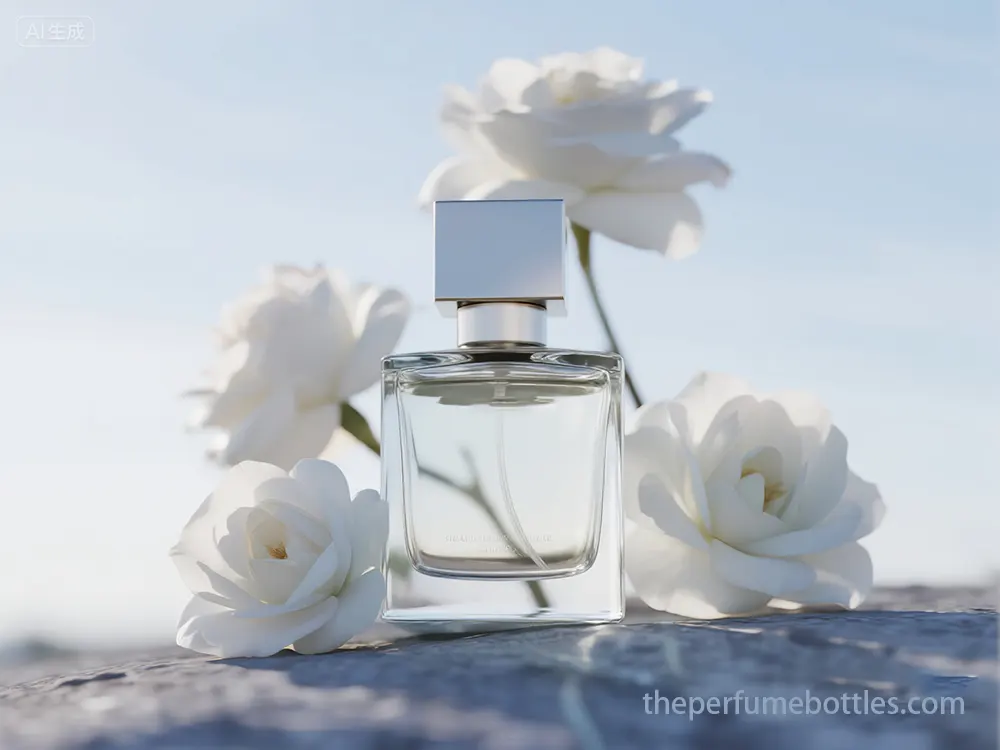
Ücretsiz Numuneler Alın
2. Vidalı Kapaklı Şişelerden Parfüme Erişim
Vidalı kapaklı şişeler açılması en kolay olanlardır.
2.1 düz açılış yöntemleri
Saat yönünün tersine çevirin. İnatçı kapaklar için lastik eldiven veya bir bezle daha sıkı tutun. Sıcak su altında karıştırın veya düşük ayarda saç kurutma makinesi kullanın.
2.2 İnatçı kapak ve contalar için özel alet
Sarauta (uzun burunlu, iğne burunlu) sıkı kapaklarda yardımcı olabilir, ancak camın kırılmaması için aşırı dikkatli olun.
2.3 Malzeme bileşimi ve açılış zorluğu
Kapak malzemesi zorluğu etkiler. Metal kapak (lüks parfümler) ısıya iyi tepki verir. Plastik conta ısıyla yumuşayabilir; inatçı kişilerin küçük bir kesiğe ihtiyacı olabilir. Surlyn (şeffaf reçine) dayanıklıdır ve parfümlüdür.
2.4 "Dons" ve açılış sonrası bakım
- Kaçınmak: Aşırı güç kullanımı, uygun olmayan ekipman (örneğin, cam üzerindeki plakaların aşırı sıkılması, kıvrımlı kapaklardaki philips başlığı), dengesiz kavrama ve KKD eksikliği.
- Açılış Sonrası: Kalıntıyı boyundan temizleyin. Dökülmeyi önlemek için küçük bir huni veya şırınga kullanarak doldurun.
3. Kapalı Şişeler İçin Kırpma Teknikleri
Kıvrılmayı azaltma parfüm şişeleri zorludur ve dikkatli prosedürler gerektirir.
3.1 Kıvrımlı Şişeler Mücadelesi
Kıvrımlı şişeler, özel ekipman olmadan açılmalarını zorlaştıran kalıcı, kurcalamaya karşı korumalı bir contaya sahiptir. Metal halka mekanik olarak preslenerek sıkı, poliüretan olmayan bir conta oluşturulur. Ticari parfüm şişelerinin yaklaşık 'ini oluşturur.
3.2 Geliştirilmiş ondalık araçları ve prosedürleri
Kıvrılmış pompaları güvenli bir şekilde çıkarmak için yaygın olarak kullanılan özel bir ekipman bulunmamaktadır. En yaygın yöntem, basit yan kesici (çapraz/tel kesici) kullanmaktır.
Yan perde ile işlem:
- Hazırlık: İyi havalandırılan bir alanda KKD (eldiven, göz koruması) giyin.
- Tutmak: Şişeyi sabit bir yüzey üzerinde sıkıca tutun.
- Crimp'i Bul: Metal yakayı bulun; Öncelikle üzerindeki dekoratif örtüyü çıkarın.
- Erken rezervasyon: Metalin kenarını yavaşça kavrayın. Yan kesiciyi kullanarak kelepçeyi kıvırın. Hafifçe yukarı doğru hareket ettirmek için hafifçe bastırın ve kenarı yukarı doğru hareket ettirin, camı kesmeden veya parçalamadan metali hafifçe bükün.
- Çözüm yolu: Yakanın tamamında yavaşça çalışın, metal bantın yavaşça yükselmesini ve küçük batma hızlarını gevşetmesini sağlayın.
- Kaldıraç oranını artırın: Kaldırırken iğne uçlu tornavida veya düz tornavida kullanarak daha da uzatılabilir, hatta baskı ve yumuşak bir şekilde sarkma giderilebilir.
- Püskürtücüyü çıkarın: Gevşedikten sonra tüm püskürtme mekanizmasını ve daldırma borusunu çekin.
- Temiz boyun: Camın boynunu inceleyin ve parçalarını temizleyin.
Önemli görüşler:
- Sabır: Dikim hassastır; Koşmak arızaya veya sakatlığa sebep olur.
- Camın kırılganlığı: Cam boyunlar hassastır; dengesiz veya aşırı kuvvet uygulanması durumunda kırılma, çatlama veya parçalanma meydana gelebilir.
- Alternatif Ekipmanlar: Kaldıraç etkisi için kauçuk uçlu tornavida veya düz tornavida dikkatli bir şekilde kullanılabilir.
- “Basmalı” pompa: Bunlar da amaç dışı bir mühür oluştururlar ve benzer bir eksikliği gerektirirler.
4. Çıkarma ve transfer yöntemleri
Açıldıktan sonra aromasını güvenli bir şekilde çıkarın ve taşıyın. Vesseluxe Doğru ve uygun ekipmanları önerir.
4.1 Şırınga: Hassas ve kontrollü transfer
Serring, hassas dekantasyon (örneğin 1 ml, 3 ml numuneler), atomizasyon ve hava maruziyetini azaltarak aromanın bütünlüğünü korumak için idealdir. Standart şırınga açıklığı, sıcak aletlerle manuel olarak genişletilmesi gereken atomizer tüpleri için genellikle çok dardır. Pistonu geri takın veya şırıngayı tüpe yerleştirip pompalayın.
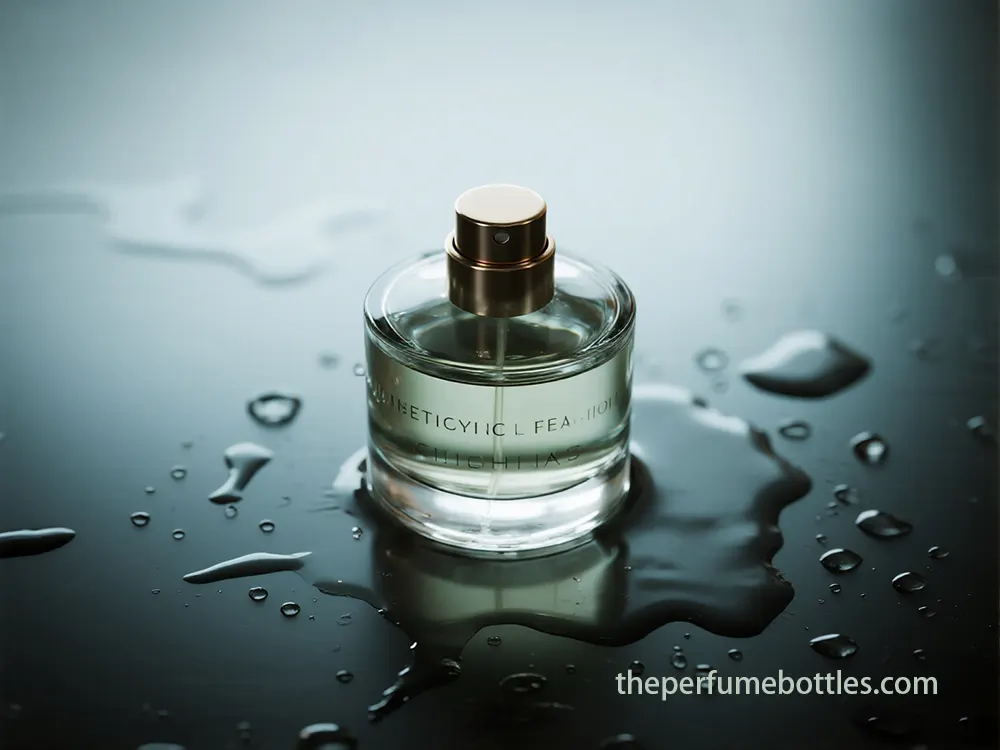
Ücretsiz Numuneler Alın
4.2 Pipet: Küçük versiyonlar için tesis
Pipetler, püskürtme şişeleri ve küçük transferler için kullanışlıdır. Plastik tek kullanımlık veya tek kullanımlık pipetler tekrar kullanılabilir; cam pipetler ise pasiftir ve temizlendikten sonra tekrar kullanılabilir. Şişeyi açarak doğrudan parfümü çekerler.
4.3 Huni: Hızlı, büyük miktarda transfer
Mini huniler, büyük miktarlarda ilaç eklemek veya yeni bir kaba püskürtmek için idealdir. Plastik, paslanmaz çelik, silikon veya geçici olarak üretilenler mevcuttur.
4.4 Aletler ve Depolama için Malzeme Hususları
Koku bütünlüğü için malzeme seçimi önemlidir.
- Bardak: Etkisizlik, kusur ve reaksiyona girmeme nedeniyle optimum kaliteyi, yoğunluğu ve uzun ömürlülüğü korur. UV ışınlarına dayanıklı ve büyük dekantörler (5ml+) için uygundur.
- Plastik: Düşük kaliteli plastik (örneğin PVC) parfümlerin kalitesini bozabilir, kokuyu değiştirebilir ve sızıntı kimyasalı değiştirebilir. PET, HDPE, PEF ve PTFE gibi yüksek kaliteli plastikler daha dayanıklıdır.
4.5 Transfer ekipmanlarının temizliği ve sterilizasyonu
Tam temizlik kirlenmeyi önler.
- Sürtünme alkolü: Yağların parçalanmasında ve kalan kokuların giderilmesinde son derece etkilidir.
- Sabunlu su: Yağlar için daha az etkilidir, çok sayıda durulama gerektirir.
- Kaynar su: Özellikle büyük ekipmanlar için, sıkı hijyen koşulları için.
- Mesleki Yönergeler: Sıcak su/deterjanla yıkamaya, durulamaya ve kurulamaya önem verin.
4.6 Buharlaşmayı ve ayrışmayı azaltma teknolojisi
- Teflon bant: Sızıntıyı önlemek ve buharlaşmayı azaltmak için sürahi şişesinin dişlerini sarın.
- Şırınga manipülasyonu: Snuggali'yi atmosfer tüpüne yerleştirin ve dikkatlice çalışın.
- Aşırı doldurmaktan kaçının: Özellikle nakliye için genişlemeye yer bırakın.
4.7 Gelişmiş transfer sistemi
Gelişmiş profesyonel vakum transfer sistemi hakkında ayrıntılı bilgiler sınırlıdır. Standart dolum kiti temel huni, pipet ve şırınga içerir. Son derece spesifik sistemler niş veya mülkiyete özel olabilir.
5. Doğrudan Uygulama Stratejileri
Parfümünüz kullanıma hazır olduğunda, yeni bir sprey şişesine ihtiyaç duymadan birçok doğrudan uygulama seçeneği mevcuttur.
5.1 Birincil uygulama yöntemleri
- Temiz parmaklarla dublaj: Temiz parmaklarınızı şişeye batırın ve kontrollü uygulama için nabız noktalarına uygulayın.
- Pamuklu çubuk veya bez kullanarak: temiz bir seçenek; istenilen bölgelere batırıp hafifçe vurun.
- Şişe tıpası kullanımı: Birçok geleneksel şişenin tıpaları aynı zamanda daber olarak da kullanılır.
5.2 Hijyen ve kontaminasyonun önlenmesi
Doğrudan parmakla uygulama, kirleticilerin bulaşmasına neden olabilir. Her uygulama için temiz pamuklu çubuklar kullanın veya tek kullanımlık şırıngalarla farklı şişelerde az miktarda kullanın.
5.3 Uygulama miktarının kontrolü
Şişeyi hafifçe ıslatılmış bir parmakla, küçük şişeler için ise bir pamuğu batırarak, yatay tutarak, deriye bastırarak veya ters çevirerek, şişeyi eğin.
5.4 Parfüm uygulamasına ilişkin tarihsel referans
Atmosferden önce (genel 1920) parfümler şişe tıpalarıyla uygulanıyor veya doğrudan cilde sürülüyorlardı.
5.5 Cilt Kimyası ve Hidropi
Yağlı ciltler kiri uzun süre tutar; kuru ciltler ise hızla çözer. Zaten kuru olan ciltler için ise kalıcılığını artırmak amacıyla Unhead nemlendirici kullanılır.
5.6 Uzun ömürlülük için optimum uygulama noktaları ve teknoloji
Nabız noktalarına (bilek içi, boyun, sırt, dirsek içi) uygulayın, ısı şeklinde koku verin.
5.7 Parfüm Performansını Etkileyen Çevresel Faktörler
Yüksek ısı/nem aromayı artırır ancak hızla yayar; daha soğuk hava ise aromayı korur. Kuru hava ve hava keskin buharlaşmayı teşvik eder. UV radyasyonu molekülleri parçalar.
5.8 Dekantasyon ve uygulama için içerik önerileri
Kolaylık olması açısından parfümünüzü boş roll-on şişelere aktarabilir veya küçük bir huni ya da damlalık kullanarak atmosfere dağıtabilirsiniz.
5.9 Alkol ve yağ bazlı parfüm arasındaki fark
Alkol bazlı parfümler kalıcılığını sürdürür ancak azalabilir. Yağ bazlı parfümler vücuda daha yakın kalır ve daha samimi bir dokunuşla daha uzun süre kalıcıdır.
5.10 Giysilerin uygulanmasına yönelik fikirler
Parfüm, özellikle doğal kumaşlar olmak üzere tekstil ürünlerinde daha uzun süre kalıcıdır. Bazı parfümler leke bırakabileceğinden, önce göze çarpmayan bir bölgede deneyin. Giyinmeden önce cildinize uygulayın.
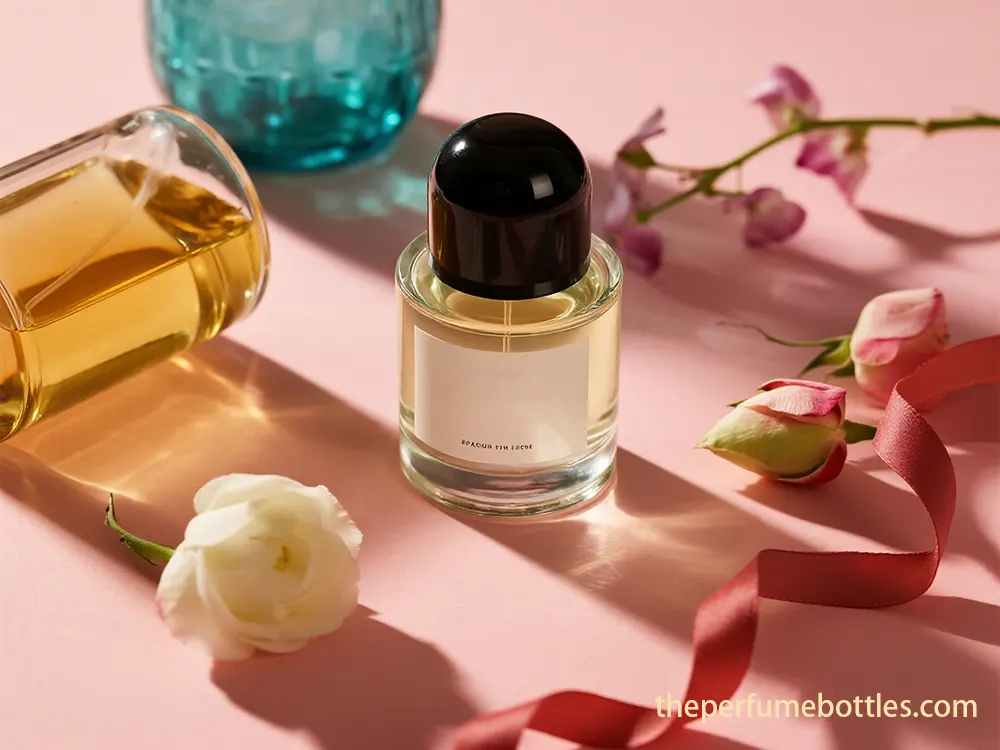
Ücretsiz Numuneler Alın
6. Sorun Giderme ve Gelişmiş Hususlar
Bu bölümde zorluklara yönelik çözümler sunulmakta ve profesyonel hizmetler tartışılmaktadır.
6.1 Minimum kalıntı parfümü çıkarın
- Sıcak su/alkol yöntemi: Kalan aromayı eritmek için sıcak (kaynar olmayan) su ekleyin, karıştırın ve dışarı çıkarın. Yağ bazlı parfümler için, sürtünme alkolü kullanın, karıştırın ve alkolün buharlaşmasını bekleyin.
- Hassas ekipman: Son damlalar için damlalık, pipet veya pamuklu çubuk kullanın.
6.2 Çok yapışkan aromanın giderilmesi
- Yumuşak Isınma: Hafif ısı (örneğin, ılık su yöntemi) yapışkan bileşenlerin daha sıvı hale gelmesini sağlayabilir.
- Spesifik seyrelticiler: Parfümlerde depropine glikol (DPG), 1,3 prophedi ve izopropile, Miristat (IPM) gibi gecikmiş viskoziteyi azaltır ve aromayı stabilize eder.
6.3 Atomizerler için Özel Adaptörler ve Teknikler
- Atomizer için serpme: Performans göstermeyen bir atomizer için, üstten çıkan, püskürtücüyü gösteren ve pistonu gösteren veya tüpün üstüne bir şırınga yerleştirip pompalayan, orta-büyük çaplı iğnesi olan bir şırınga kullanın.
- MUB Parfüm Dolum Pompası Araçları: Fırçalanmayan şişelerle çeşitli şırınga yetenekleri için ekstraksiyon/enjeksiyon adaptörleri sunuyoruz.
- Rollerball şişelerini açın: Kapağı gevşek tutarak ve pipetlerin sıkışmasına neden olabilecek yumuşak açılar uygulayarak rollerball mekanizmasını çıkarın.
6.4 Profesyonel Boşaltma Hizmetleri
Riskli veya karmaşık kendin yap projeleriniz için profesyonel hizmetler bir seçenek sunar.
- Uzmanlık/Ekipman: Aromatik dekant gibi hizmetler, kokunun gücünü korumak için özel ekipmanlar kullanılarak otantik numuneler sağlar.
- Kendin Yap risklerini azaltmak: Yurtdışından gelen kayıpları (5–10 ml+) ve DIY spreylemeyle ilişkili havadaki kokulardan kaynaklanan baş ağrılarını profesyonel olarak azaltır.
- Maliyet-Fayda: Dickantlar, çeşitli bir koleksiyon oluşturmak için uygun maliyetlidir (örneğin, 10 ml = ~ 100 püskürtme). Dickantlar düşük püskürtme hacmine sahip olabilir ve sık sık boşaltmak oksidasyona/üst nota kaybına yol açabilir, bu nedenle numuneler için pratiktir.
7. Püskürtücüler için Önleyici Bakım
Proaktif bakım, püskürtücünün ömrünü uzatır ve arızaları önler.
Optimum depolama durumu
- Şişeleri serin, kuru ve karanlık bir ortamda, tercihen orijinal ambalajında saklayın.
Düzenli nozul temizliği
- Kuraklık kalıntıları toz ve yağlara neden oluyor.
- Rutin temizlik: ılık suyla durulayın veya pamuklu süpürgeyle düzenli olarak silin.
- İnatçı engeller: Hafif sabunlu ılık suya batırın, beyaz sirke solüsyonu veya karbonat macunu kullanın. Plastik tüpü çıkardıktan sonra iç kısımları ince bir iğneyle temizleyebilirsiniz.
Uygun kullanım teknolojisi
- Sallamaktan kaçının: Hava ceplerini ve düzensiz püskürtmeyi önler.Karışım varsa yavaş hareket edin.
- Yeniden Yapılanma Baskısı: Şişeye bastırırken pompayı, ya da püskürtme ucunu bastırırken tekrar tekrar bastırın.
- Sıkı Kapak: Kullanımdan sonra buharlaşmayı, hava ile teması ve sızıntıları önlemek için kapağı sıkıca kapatılmalıdır.
Parfümeri etkileri
- Yüksek yağ içeriğine veya doğal özlere sahip parfümler tıkanmaya daha yatkındır. Özel yağlar bazı plastiklerle (örneğin PET, PVC, akrilik) reaksiyona girerek bozulmaya, rahatsızlığa ve aroma değişikliklerine yol açabilir.
Yaygın Püskürtücü Arızaları ve Sorun Giderme
- Sorunlar arasında hava tıkanıklığı, hasarlı mekanizmalar ve sızıntılar yer alıyor.
- Ön sorun giderme: Tıkanıklığı, parfüm seviyesini ve pompa zayıflığını kontrol edin. Bükülmüş püskürtme ucunu yeniden hizalayın.
Yenilikçi püskürtme teknolojileri
- Modern gelişmeler arasında artırılmış atmosfer, havasız pompa teknolojileri (oksidasyon, blok UV), sürdürülebilir yeniden doldurulabilir tasarım ve akıllı dağıtıcı yer alıyor.
Malzemenin Atmiser'deki Yeri
- Titanyum kaplamalı paslanmaz çelik gibi dayanıklı malzemeler, kapaklarda paslanmaz çelik sızıntılarını ve seyahat atmosferinde paslanmaz çelik sızıntılarını ve bozulmalarını artırarak kontrollü püskürtme hacimleri sunar.
DIP tüpünde oksidasyon ve buharlaşma
- Daldırma borusundaki görüntü oksitlenip buharlaşabilir, bu nedenle bazı püskürtmeler düşük olabilir. Çoğu zaman püskürtme, bu "bayat" sıvıyı temizler.
Koku Konsantrasyonu ve Sprey Fonksiyonu
- Aroma konsantrasyonu (örneğin, EU de passfum ve EO de toilet) püskürtme mekanizmasını doğrudan etkilemez, kullanım ömrünü etkiler. Ancak, yüksek konsantrasyonlar veya belirli doğal bileşenler kalıntı birikmesine katkıda bulunabilir.
Kalite Kontrol ve Paketleme Tasarımı
- ]Püskürtücü arızaları, genellikle yetersiz mühendislik veya maliyet kesintilerinden kaynaklanan yaygın ve kapsamlı şikayetlerdir. Kötü sızdırmazlık veya birinci sınıf ambalajdaki plastik nozuldan kaynaklanan sorunlar. Çözümler arasında yüksek kaliteli bileşenler, sıkı kalite kontrolü ve uygun nakliye yastıklaması yer alır.
Yorumlar
Ürün Kategorileri
Sıcak Satış Şişeleri
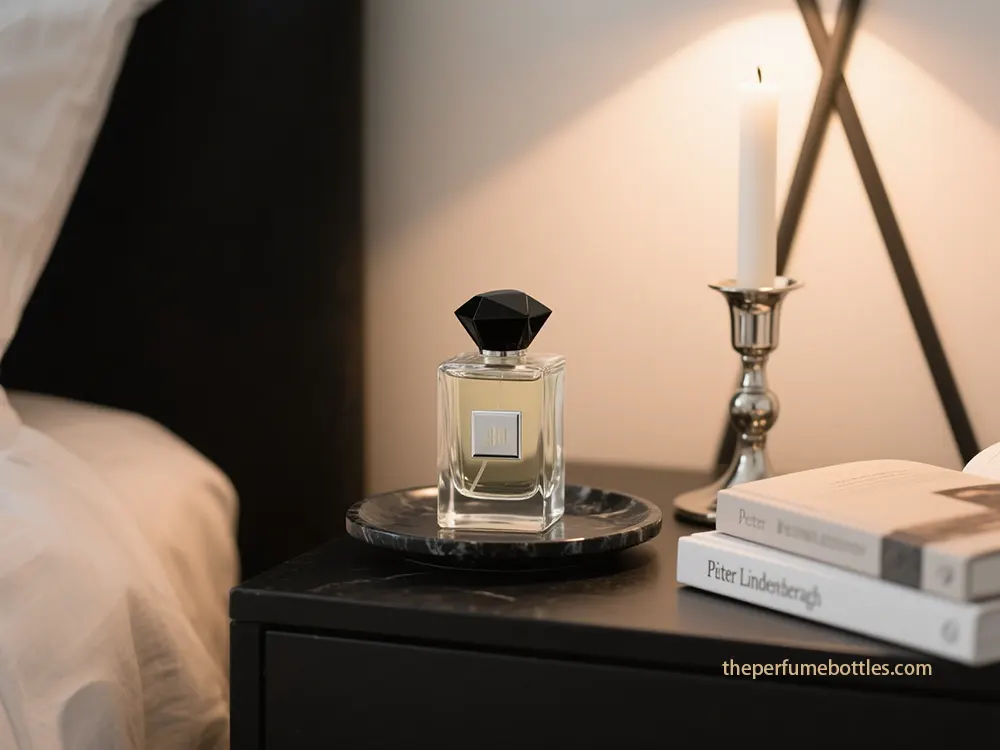
Modern Özel Parfüm Şişesi Tasarımında Sürdürülebilirliğin Rolü
Sürdürülebilirlik, modern özel parfüm şişesi tasarımını yönlendirir. Vesseluxe'ün eko-malzemelerini, gelişmiş üretim yöntemlerini, yeniden doldurulabilir sistemlerini ve lüks ambalaj trendlerini keşfedin.
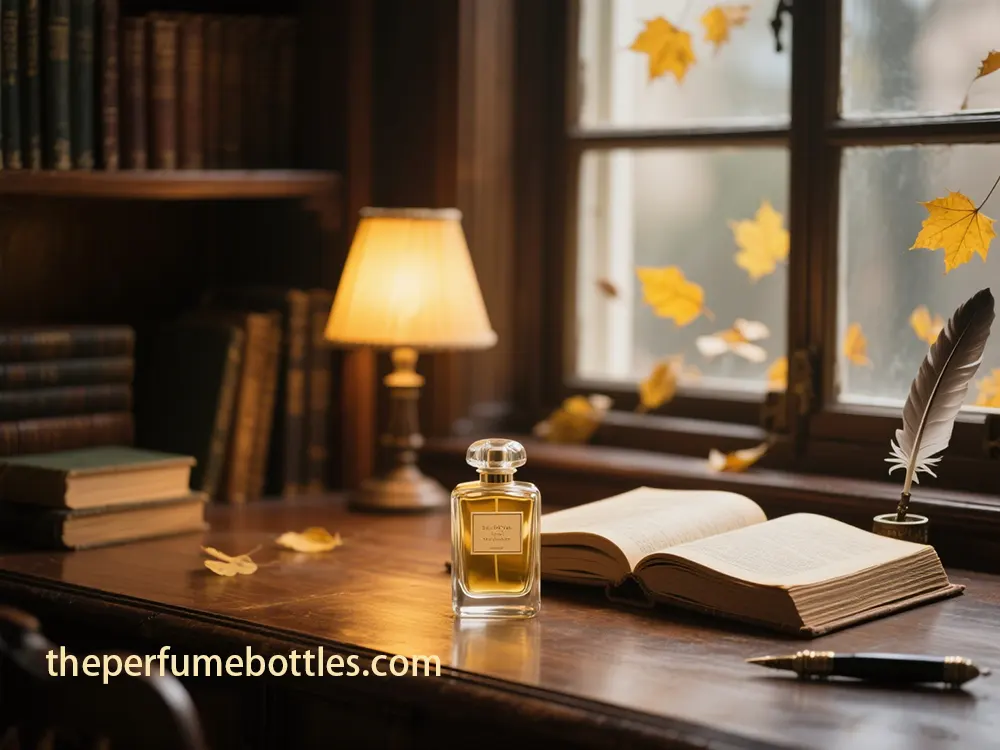
Cam Neden Önemlidir: Ambalajlama İçin Toptan Cam Parfüm Şişelerini Seçmenin Avantajları
Parfüm ambalajlarında camın neden hala altın standart olarak kullanıldığını keşfedin.
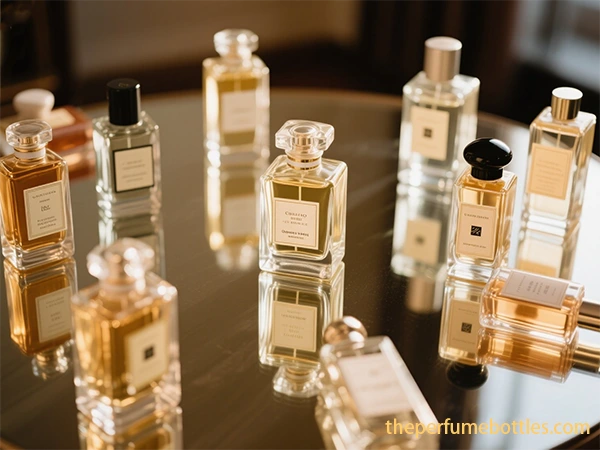
Neden Daha Fazla Marka Özel Koku Şişelerini Tercih Ediyor?
Neden daha fazla markanın öne çıkmak için özel parfüm şişelerine yöneldiğini keşfedin. Kişiselleştirilmiş ambalajların marka kimliğini ve müşteri çekiciliğini nasıl artırdığını öğrenin.
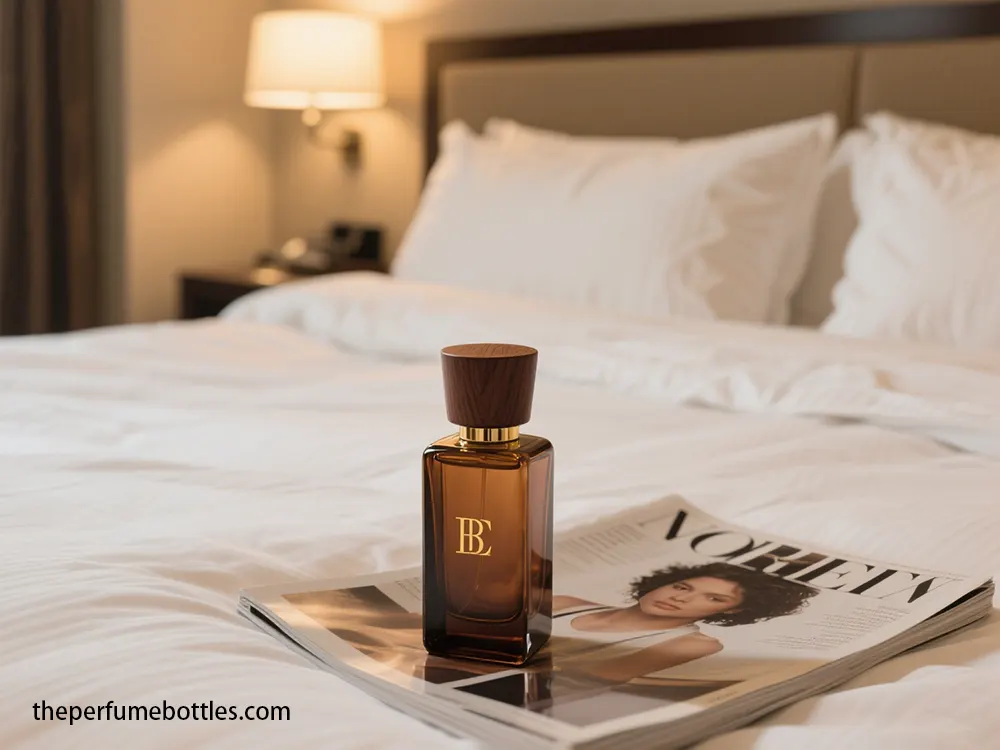
Spreysiz Mini Parfüm Şişelerinin Nasıl Kullanılacağına Dair Tam Kılavuz
Spreysiz mini parfüm şişelerini açmayı, çıkarmayı, uygulamayı ve nasıl kullanacağınızı öğrenin. Sıçratma, tıpa, kıvrımlı şişeler ve roll-on'lara aktarma ipuçları.
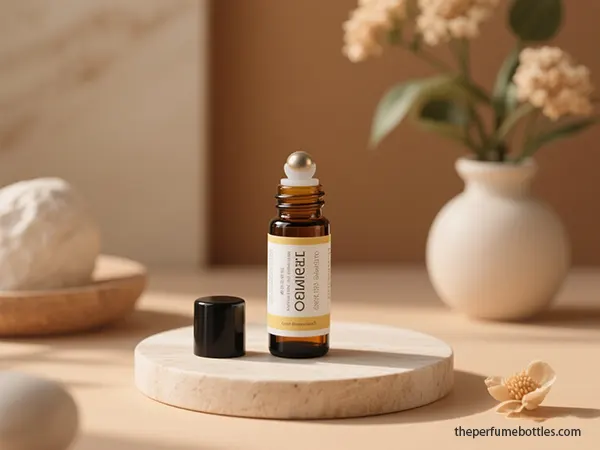
Vaka Çalışması: Alman Esansiyel Yağ Markası İçin Özel Roll On Şişeler
Alman bir uçucu yağ markasıyla şişelerde özel rulo örneği, toptan tedarik, özel marka ve B2B toplu siparişleri destekliyor.
- +86 186 5178 1159
- [email protected]
- Pazartesi-Pazar 07:00-21:00
Etiketler
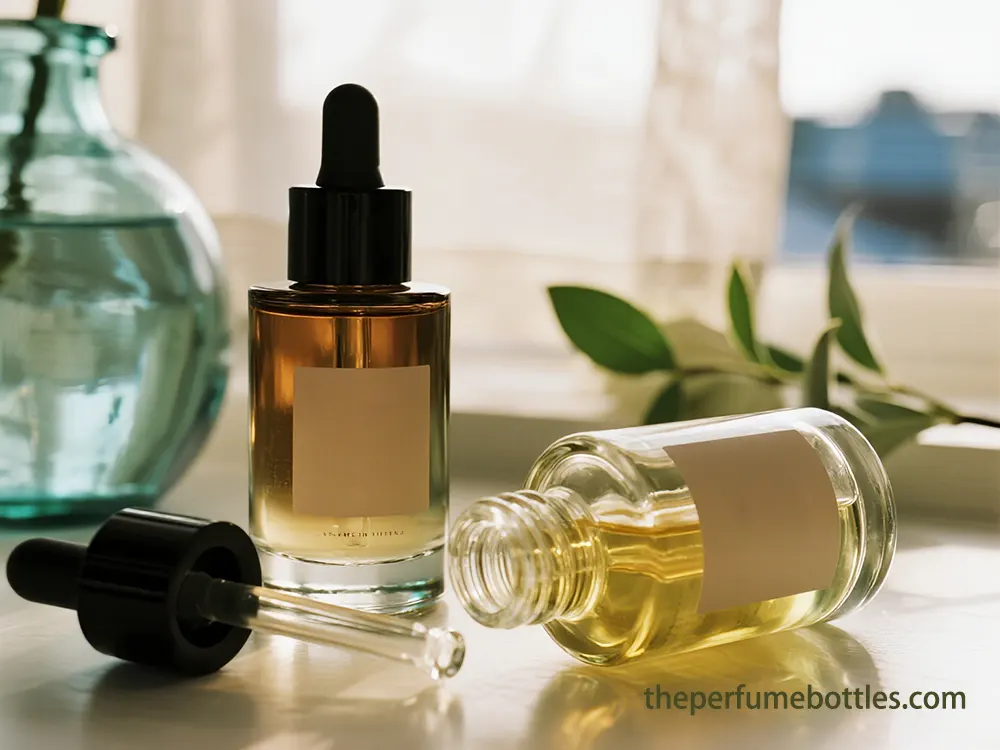
Doğru Cam Damlalıklı Şişe Tedarikçisini Seçmek: Fiyattan Daha Önemli Olmasının Sebebi
Maliyetin ötesinde kalite, uyumluluk, tedarik istikrarı ve sürdürülebilirliğe odaklanarak doğru cam damlalıklı şişe tedarikçisini nasıl seçeceğinizi öğrenin.
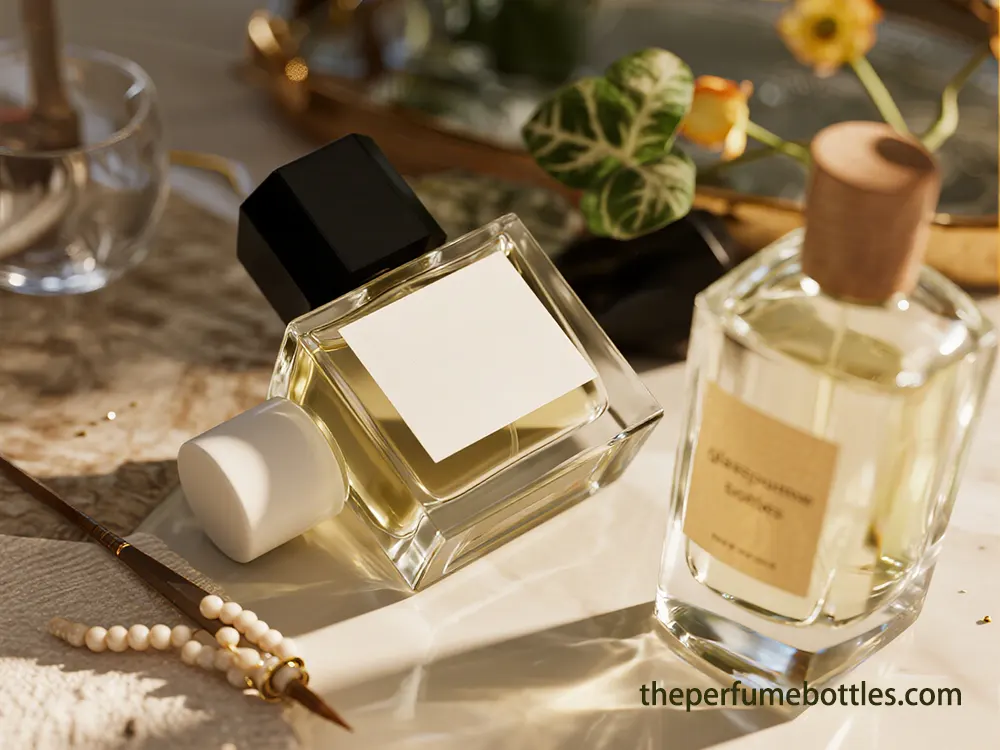
Vaka İncelemesi: Portekizli Bağımsız Bir Parfüm Markası, Cam Parfüm Şişeleri Tedarikçisi Olarak Mosteb'i Nasıl Seçti?
Bir parfüm markası, hassas mühendislik ve istikrarlı özel üretim ile cam parfüm şişeleri tedarikçisi olarak bizimle iş ortaklığı yaparak, camdaki buzlanma ve kapak uyumu sorunlarını çözüyor.
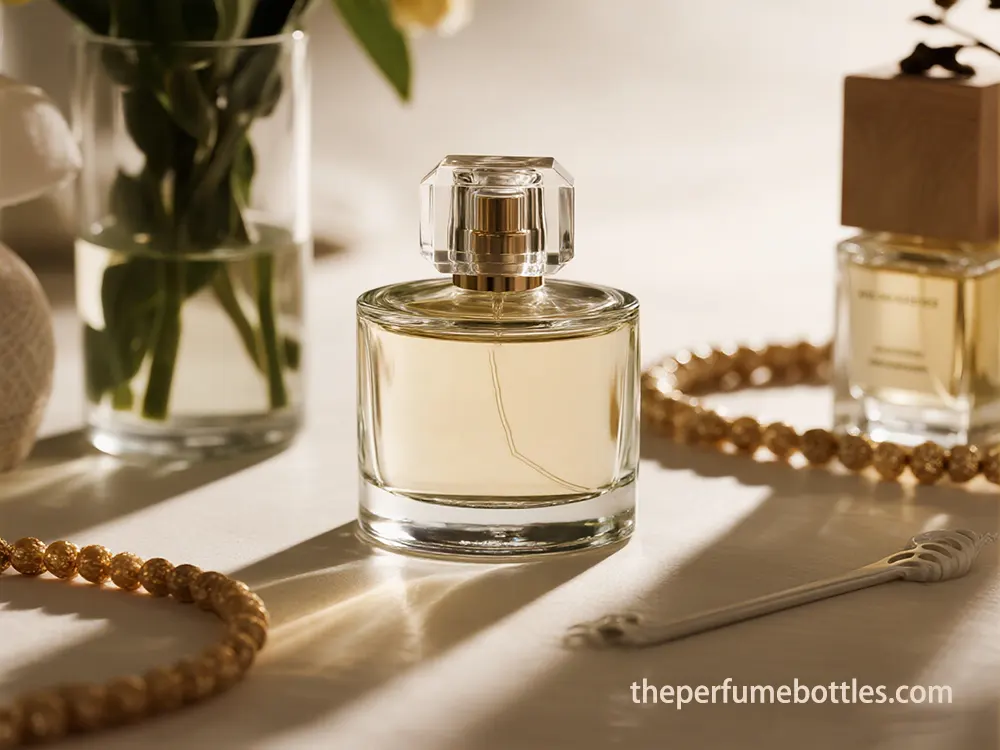
Cam Parfüm Şişesi Tedarikçisi Seçimi İçin Stratejik Bir Çerçeve
Bu kılavuzla stratejik cam parfüm şişesi tedarikçinizi bulun. Doğru ortağın parfüm markaları için hızı ve ölçeklenebilir büyümeyi nasıl artırdığını öğrenin.
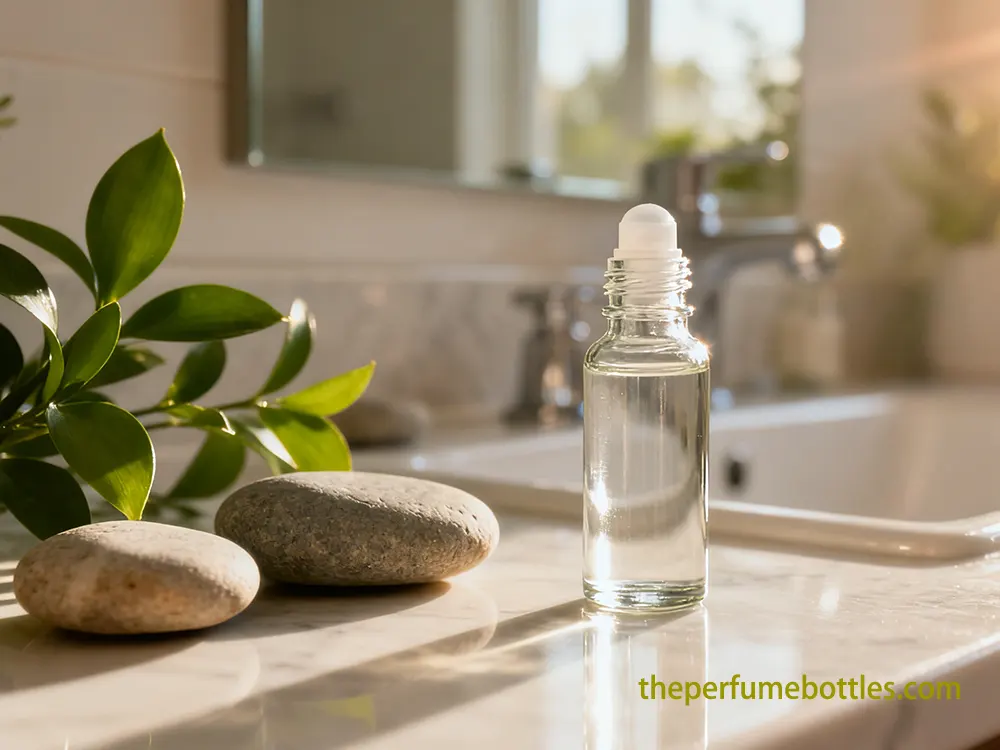
Vaka Çalışması: Cam Rulo Şişe Fabrikamız, Esansiyel Yağ Markası İçin Ambalaj Teslim Etti
Bir cam silindir şişe fabrikasının, güvenilir, sızdırmaz birinci sınıf şişeler üretmek için yuvarlanma kararlılığı ve ince boyun dayanıklılığı sorunlarını nasıl çözdüğüne dair bir vaka çalışması.

